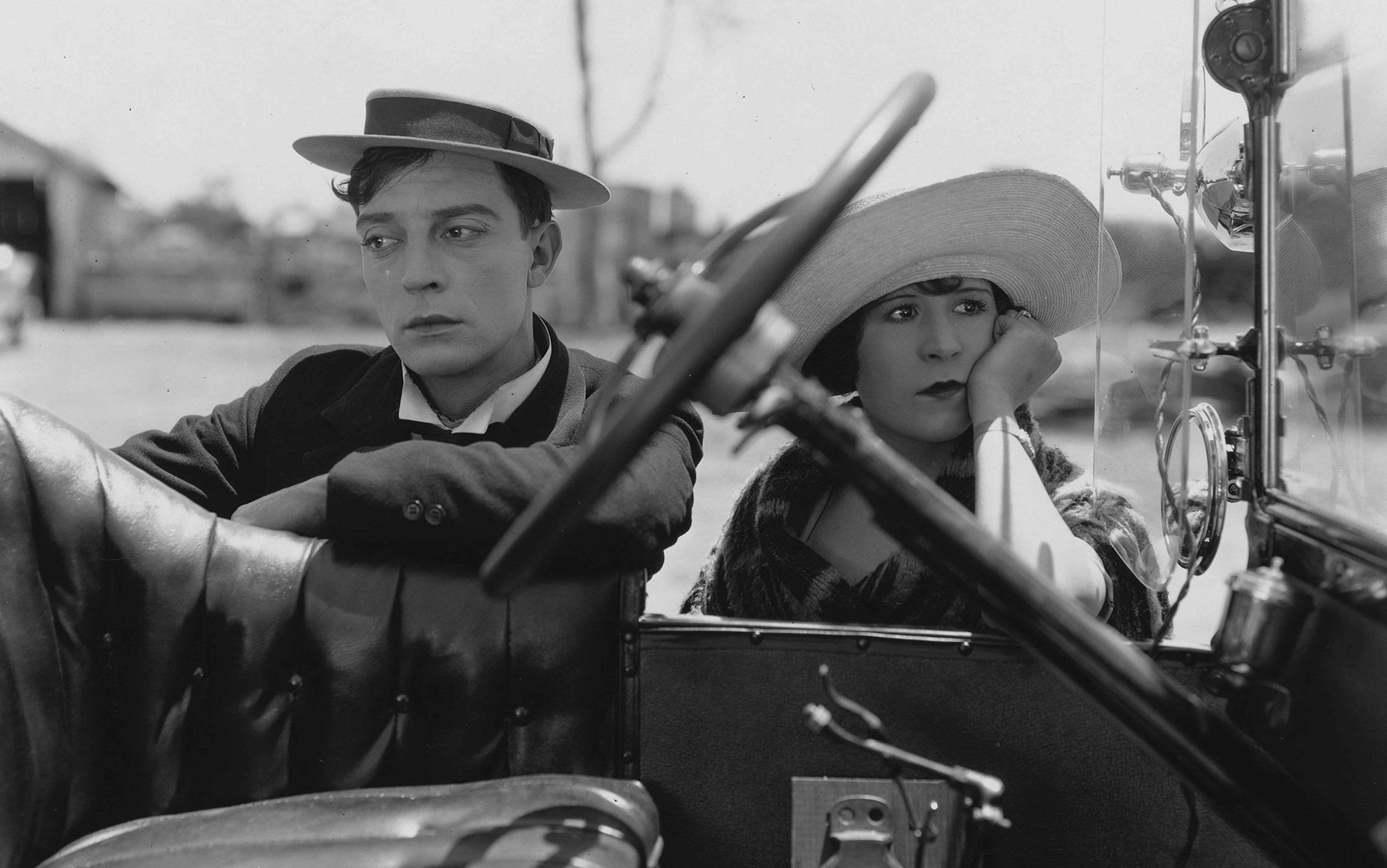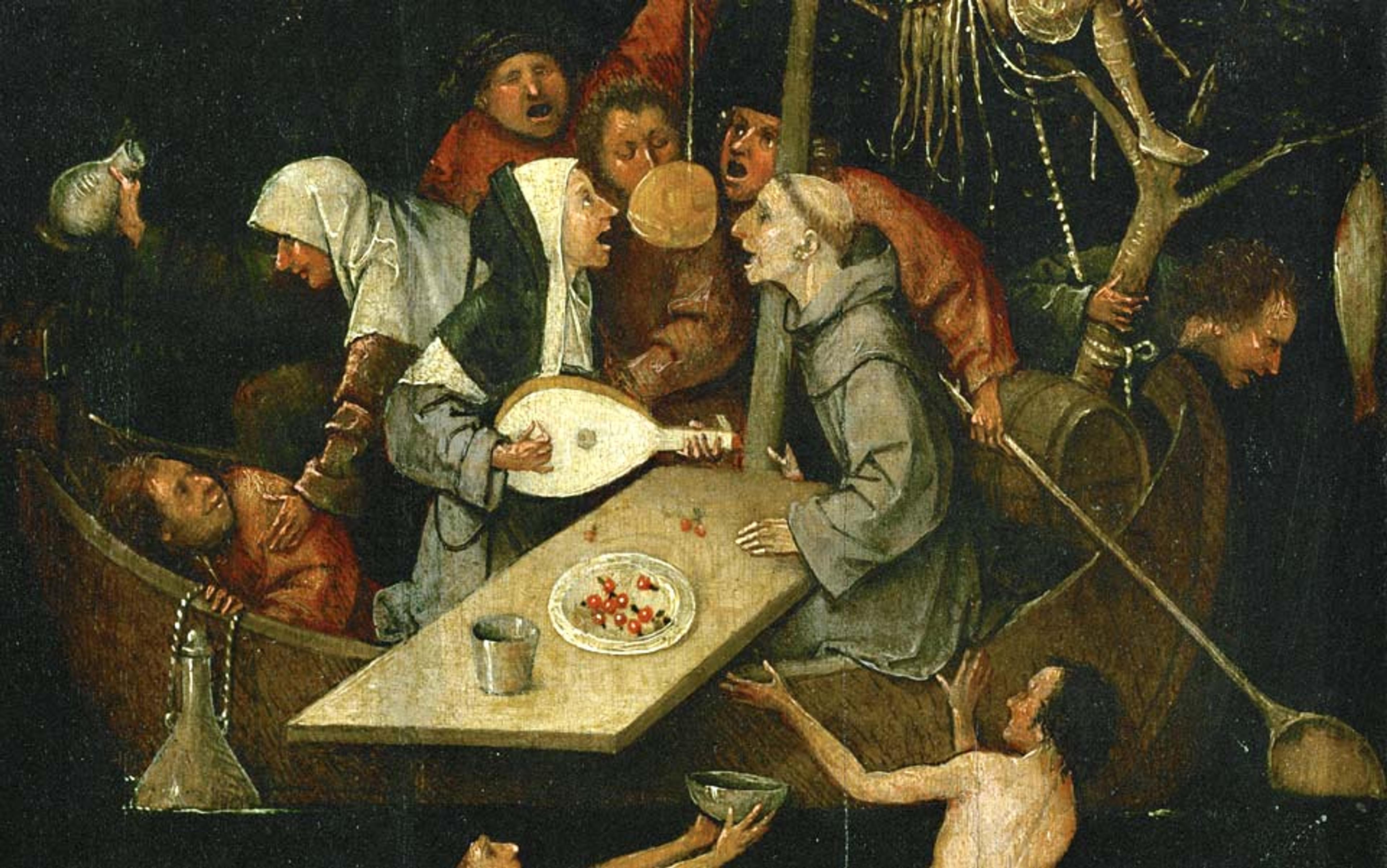I have good news and bad news. Which would you like first? If it’s bad news, you’re in good company – that’s what most people pick. But why?
Negative events affect us more than positive ones. We remember them more vividly and they play a larger role in shaping our lives. Farewells, accidents, bad parenting, financial losses and even a random snide comment take up most of our psychic space, leaving little room for compliments or pleasant experiences to help us along life’s challenging path. The staggering human ability to adapt ensures that joy over a salary hike will abate within months, leaving only a benchmark for future raises. We feel pain, but not the absence of it.
Hundreds of scientific studies from around the world confirm our negativity bias: while a good day has no lasting effect on the following day, a bad day carries over. We process negative data faster and more thoroughly than positive data, and they affect us longer. Socially, we invest more in avoiding a bad reputation than in building a good one. Emotionally, we go to greater lengths to avoid a bad mood than to experience a good one. Pessimists tend to assess their health more accurately than optimists. In our era of political correctness, negative remarks stand out and seem more authentic. People – even babies as young as six months old – are quick to spot an angry face in a crowd, but slower to pick out a happy one; in fact, no matter how many smiles we see in that crowd, we will always spot the angry face first.
The machinery by which we recognise facial emotion, located in a brain region called the amygdala, reflects our nature as a whole: two-thirds of neurons in the amygdala are geared toward bad news, immediately responding and storing it in our long-term memory, points out neuropsychologist Rick Hanson, Senior Fellow of the Greater Good Science Center at University of California, Berkeley. This is what causes the ‘fight or flight’ reflex – a survival instinct based on our ability to use memory to quickly assess threats. Good news, by comparison, takes 12 whole seconds to travel from temporary to long-term memory. Our ancient ancestors were better off jumping away from every stick that looked like a snake than carefully examining it before deciding what to do.
Our gloomy bent finds its way into spoken language, with almost two thirds of English words conveying the negative side of things. In the vocabulary we use to describe people, this figure rises to a staggering 74 per cent. And English is not alone. Aside from Dutch, all other languages lean toward the bleak.
We’re so attuned to negativity that it penetrates our dreams. The late American psychologist Calvin Hall, who analysed thousands of dreams over more than 40 years, found the most common emotion to be anxiety, with negative feelings (embarrassment, missing a flight, threats of violence) much more frequent than positive ones. A study from 1988 found that, among residents of developed countries, American men have the highest rate of aggressive dreams, reported by 50 per cent, as opposed to 32 per cent of Dutch men – apparently a compulsively positive group.
One of the first researchers to explore our negative slant was the Princeton psychologist Daniel Kahneman, winner of the 2002 Nobel Prize, and best known for pioneering the field of behavioural economics. In 1983, Kahneman coined the term ‘loss aversion’ to describe his finding that we mourn loss more than we enjoy benefit. The upset felt after losing money is always greater than the happiness felt after gaining the same sum.
Even brief contact with a cockroach will usually render a delicious meal inedible
The psychologist Roy Baumeister, now professor at Florida State University, has expanded on the concept. ‘Centuries of literary efforts and religious thought have depicted human life in terms of a struggle between good and bad forces,’ he wrote in 2001. ‘At the metaphysical level, evil gods or devils are the opponents of the divine forces of creation and harmony. At the individual level, temptation and destructive instincts battle against strivings for virtue, altruism, and fulfilment. “Good” and “bad” are among the first words and concepts learnt by children (and even by house pets).’ After reviewing hundreds of published papers, Baumeister and team reported that Kahneman’s find extended to every realm of life – love, work, family, learning, social networking and more. ‘Bad is stronger than good,’ they declared in their seminal, eponymous paper.
Following fast on the heels of the Baumeister paper, the psychologists Paul Rozin and Edward Royzman of the University of Pennsylvania invoked the term ‘negativity bias’ to reflect their finding that negative events are especially contagious. The Penn researchers give the example of brief contact with a cockroach, which ‘will usually render a delicious meal inedible’, as they say in a 2001 paper. ‘The inverse phenomenon – rendering a pile of cockroaches on a platter edible by contact with one’s favourite food – is unheard of. More modestly, consider a dish of a food that you are inclined to dislike: lima beans, fish, or whatever. What could you touch to that food to make it desirable to eat – that is, what is the anti-cockroach? Nothing!’ When it comes to something negative, minimal contact is all that’s required to pass on the essence, they argue.
Of all the cognitive biases, the negative bias might have the most influence over our lives. Yet times have changed. No longer are we roaming the savannah, braving the harsh retribution of nature and a life on the move. The instinct that protected us through most of the years of our evolution is now often a drag – threatening our intimate relationships and destabilising our teams at work.
It was the University of Washington psychologist John Gottman, an expert on marital stability, who showed how eviscerating our dark side could be. In 1992, Gottman found a formula to predict divorce with an accuracy rate of more than 90 per cent by spending only 15 minutes with a newly-wed couple. He spent the time evaluating the ratio of positive to negative expressions exchanged between the partners, including gestures and body language. Gottman later reported that couples needed a ‘magic ratio’ of at least five positive expressions for each negative one if a relationship was to survive. So, if you have just finished nagging your partner over housework, be sure to praise him five times very soon. Couples who went on to get divorced had four negative comments to three positive ones. Sickeningly harmonious couples displayed a ratio of about 20:1 – a boon to the relationship but perhaps not so helpful for the partner needing honest help navigating the world.
Other researchers applied these findings to the world of business. The Chilean psychologist Marcial Losada, for instance, studied 60 management teams at a large information-processing company. In the most effective groups, employees were praised six times for every time they were put down. In especially low-performing groups, there were almost three negative remarks to every positive one.
Losada’s controversial ‘critical positivity ratio’, devised with psychologist Barbara Fredrickson of the University of North Carolina at Chapel Hill and based on complex mathematics, aimed to serve up the perfect formula of 3-6:1. In other words, hearing praise between three and six times as often as criticism, the researchers said, sustained employee satisfaction, success in love, and most other measures of a flourishing, happy life. The paper with the formula, entitled ‘Positive Affect and the Complex Dynamics of Human Flourishing’, was published by the respected journal American Psychologist in 2005.
International disputes are not going to be resolved by positive thinking without a huge dose of realism as well
Achieving the critical ratio soon became a major part of the toolkit developed by positive psychology, a recent sub-discipline of psychology focused on enhancing positive measures such as happiness and resilience instead of treating negatives like disorders of the mind. Yet the ratio provoked pushback, starting with Nicholas Brown, a Masters student in psychology at the University of East London, who thought the mathematics was bunk. Brown approached the mathematician Alan Sokal, of New York University and the University of London, who helped him dismantle the formula in a paper called ‘The Complex Dynamics of Wishful Thinking: The Critical Positivity Ratio’ (2013). The Fredrikson-Losada paper has since been partially withdrawn – and Fredickson has disavowed the work in full.
Ultimately, there might be no way to extinguish the negative bias of our minds. Unable to rise above this negativity bias with praise, affirmations, magic formulas and the like, it might be time to embrace the advantage that our negative capability confers – most especially, the ability to see reality straight and, so, to adjust course and survive. In fact, studies show that depressed people may be sadder, but they are also wiser, to evoke the famous words of Samuel Taylor Coleridge. This ‘depressive realism’ gives the forlorn a more accurate perception of reality, especially in terms of their own place in the world and their ability to influence events.
When it comes to resolving conflicts on the world stage, the negativity bias must be part of the mix. International disputes are not going to be resolved by positive thinking without a huge dose of realism as well. In the end, we need both perspectives to help us share resources, negotiate peace, and get along. In an article published this June in Behavioral and Brain Sciences, a team led by University of Nebraska-Lincoln political scientist John Hibbing argue that differences between conservatives and liberals can be explained, in part, by their psychological and physiological reactions to negatives in the environment. Compared with liberals, they say, ‘conservatives tend to register greater physiological responses to negative stimuli and also to devote more psychological resources to them’. That might explain why supporters of tradition and stability are so often pitted against supporters of reform, and why the tug-of-war between the two -the middle ground- is often where we end up.
Last November, Daniel Kahneman gave an interview in Hebrew to the New Israel Fund to mark International Human Rights Day. In it, he addressed the influence that the negativity bias might have on the Israeli-Palestinian peace talks. He claimed that the bias encourages hawkish views (which usually emphasise risk or immediate loss) over dovish proposals (which emphasise the chance of future benefits). The best leaders, he suggested, would offer a vision where ‘future gains’ were great enough to compensate for the risks involved in venturing peace – yet without a magic formula, on both sides of the line, negativity prevailed.






